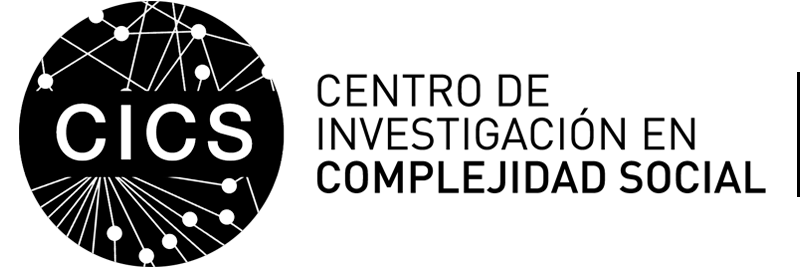FULLCICS: Discussion on decision making beyond rational economic theory
Tuesday, 2 June, 2020 | NEWSOn April 26th, a new version of the Labgroup of the Doctorate in Social Complexity Sciences (DCCS), FullCICS, carried out monthly. Given the current context of quarantine in Santiago de Chile, the activity was carried out via Zoom and it was the Director of the Neuroscience and Neuromodulation Laboratory of the Research Center in Social Complexity (CICS), Dr. Pablo Billeke, who was in charge of leading the discussion that, on this occasion, revolved around decision making under contexts of uncertainty from the perspective of neuroeconomics in light of the analysis of recent scientific evidence in both macaques and humans (see bibliographic references).The work, carried out collaboratively by a group of students and researchers, involved Dr. Pablo Billeke, Dra. Patricia Soto-Icaza (researcher in the neuroscience area of the CICS), Leonie Kausel (Post-Doc Fellow), Joselina Davyt (DCCS student, generation 2019), María Paz Martínez and Gabriela Valdebenito (both Phd (c) of the DCCS, generation 2017), Víctor Márquez (DCCS student, generation 2018), Alejandra Figueroa (Neuroscience and Neuromodulation Laboratory Coordinator) and Claudio Lavín (PhD student, UC).
Models that propose optimization as the basis for human decision making according to Economic Rational Decision Theory predict that decision makers calculate their subjective values of risk options by multiplying the probability and magnitude functions of reward. However, evidence shows that the level of uncertainty in the environment determines the use of an additive rather than a multiplicative strategy for assessment and choice.
The evidence reviewed shows that both macaques and humans adopt a predominantly multiplicative strategy when the decision involves risk in stable contexts, but switch to a predominantly additive strategy when they are under uncertainty. More specifically, single-neuron recording findings in macaques reveal that dorsolateral prefrontal cortex neurons are sensitive to differences between magnitudes of options under uncertainty, which correlates with behavioral adjustment in volatile contexts. Furthermore, in humans, evidence from functional magnetic resonance studies reveals that activations in the prefrontal cortex vary with decision entropy. More specifically, dorsomedial prefrontal cortex, ventromedial prefrontal cortex and lateral orbitofrontal cortex showed significant modulation in decision making. Finally, the behavioural results also showed that the more information you have from the world, the faster your decision making.
These findings are of special interest when analyzed in an uncertain and changing context such as the one we are currently experiencing, and show how the combination of computer modeling and neuroimaging techniques can contribute to clarify the mechanisms at play in human decision making. Although the additive model does not perfectly explain behavior, it manages to better explain behavioral adjustment in decision making in the context of uncertainty in both macaques and humans.
Bibliographic references:
– Farashahi, S., Donahue, C. H., Hayden, B. Y., Lee, D., & Soltani, A. (2019). Flexible combination of reward information across primates. Nature human behaviour, 3(11), 1215-1224.
– Koechlin, E. (2020). Human Decision-Making beyond the rational decision theory. Trends in Cognitive Sciences, 24(1), 4-6.https://doi.org/10.1016/j.tics.2019.11.001
– Rouault, M., Drugowitsch, J., & Koechlin, E. (2019). Prefrontal mechanisms combining rewards and beliefs in human decision-making. Nature communications, 10(1), 1-16.
NOTE: This article was supported by Dr. Patricia Soto-Icaza, researcher at the Research Center in Social Complexity, School of Government, Universidad del Desarrollo.



